1. Cleaning is ‘cool’, with younger shoppers changing perceptions and driving sales
2. Spring is a key time to drive household cleaning sales, with 91% of shoppers buying into the category
3. Bleach is in decline in impulse – but brands are responding
4. Findability and good value are the top priorities for shoppers
5. Household cleaning brands are performing stronger than own label
6. 70% of cleaning occasions are quick clean
7. Consider all sides of sustainability to drive sales
8. Challenger brands are unlocking new opportunities for retailers

1. Cleaning is ‘cool’, with younger shoppers changing perceptions and driving sales
In recent years, the household cleaning category has undergone a revolution in how it is perceived by shoppers. Once the bane of consumers’ lives, considered a necessary evil at best and a punishment at worst, cleaning is now viewed as a positive, aspirational activity with links to mindfulness, clean living and virtue, championed by influencers such as Mrs Hinch, Stacey Solomon and The Organised Mum.
It was no coincidence that the rise of these ‘cleanfluencers’ coincided with Covid-19 lockdowns. The pandemic brought nearly 700,000 new shoppers into the categor (Kantar), with those years changing consumer behaviour for the long-term.
According to a Dr Beckman One Poll survey carried out last Christmas, more than half (58%) of people listed cleaning products such as air fresheners, microfibre cloths and stain remover on their list of most coveted gift items. That figure is even higher among those aged 18-24, at 93%.
This trend is shaping how consumers are using their local convenience stores. Vrajesh Patel, who runs Londis Dagenham in east London, says: “We’ve noticed detergent and cleaning product sales have increased in the past 12 months, which I think is due to the popularity of influencers on Instagram. We are stocking more than we did last year and, if it continues, we’ll increase our range again.”
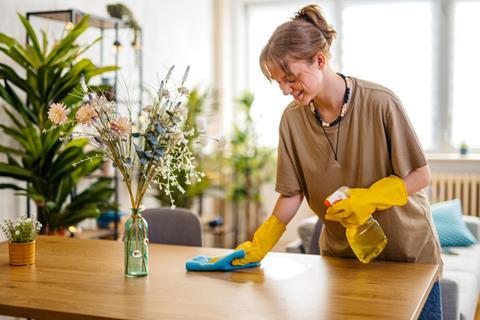
2. Spring is a key time to drive household cleaning sales, with 91% of shoppers buying into the category
If you haven’t yet capitalised on this surge in interest in household cleaning, fear not. While chores are carried out all year round – nearly half of UK consumers spend two-four hours per week cleaning (Mintel) – there is no better time to focus on your range than spring.
“Spring cleaning is ingrained into our routines. Many people do it and brands tend to ramp up their marketing and promotional activities to capture as many shoppers as possible,” says Matt Stanton, head of insight at DCS Group.
The biggest areas of the category are laundry (worth £37.3m in impulse stores and growing at +3.3% YoY), followed by dish care (worth £22m and growing at +10.8% YoY) and fabric enhancers at £14.7m. Air care is the fastest-growing area of the market at +14.4% YoY (Nielsen).
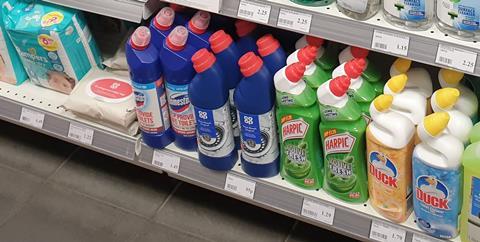
3. Bleach is in decline in impulse – but brands are responding
Within cleaning specifically, two out of three of the segments – general household products and specialist cleaning & disinfectant are broadly flat or in slight growth at +0.3% and +2.5% respectively (Nielsen). Only one area is in decline – bleach & toilet at -4.9% YoY (ibid).
Unilever is responding to this market challenge by expanding Domestos beyond bleach with bleach-free Domestos Power Foam, which hit the market last January. It is one of the many brands that will launch a spring campaign this year, with a £10m marketing investment that includes a new TV advert and PoS for retailers, which is already available.
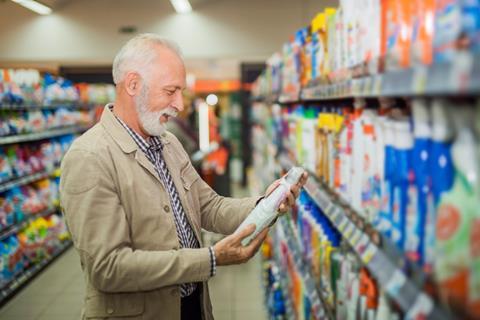
4. Findability and good value are the top priorities for shoppers
Retailers must consider the two most important factors that household cleaning shoppers are looking for when they visit your store: findability and good value.
How easy your fixture is to shop will have a direct impact on sales, so make sure it is merchandised by format, room, and then specific tasks, advises DCS.
“For example, group all trigger sprays together, and then merchandise by room and task (e.g. multipurpose – bathroom – kitchen,” says DCS Group’s Matt Stanton. Retailers should stock signpost brands, such as Ariel, Persil, Mr Muscle, and Vanish to segment these areas effectively and group tools, such as cloths and sponges, next to the products they’ll be used with, he suggests.
Offering great value is the second way retailers can meet their shoppers’ needs.
Samantha Coldbeck of Wharfedale Premier, Hull, says: “Home Bargains is our biggest threat. As a result, we must run bestsellers on promotion to attract customers in store and have a wide range. We have an extensive offering but have focused more on staples such as toilet rolls, washing tablets and fabric conditioners, making sure they’re on a continuous promotion. We want to be a one-stop shop for those spring-cleaning needs and ensure customers don’t shop elsewhere.”

5. Household cleaning brands are performing stronger than own label
Just because shoppers are looking for value, that doesn’t mean that they are willing to compromise on buying their preferred brands. Own-label products’ continue to perform more weakly than their branded counterparts
“Brand loyalty is higher than in many other grocery categories, and despite the fact that some shoppers are trading down to cheaper products in response to the cost-of-living crisis, the leading brands still have majority share in most categories,” says DCS Group’s Matt Stanton.
Retailers are responding by making sure they can still offer value on the bestsellers that shoppers are looking for. Vrajesh says: “We’ve noticed a switch from larger packs to smaller to keep costs down. We’re seeing customers buy smaller packs off promotion and only buying bigger formats when on promotion.”
Stocking smaller packs of branded products enables retailers to offer premium products at more accessible prices. “As customers are now facing an unprecedented cost-of-living crisis, it is important to review your range to ensure you are offering a premium branded range together with a more value-oriented brand,” says Lucy Richardson, Unilever UK category director.
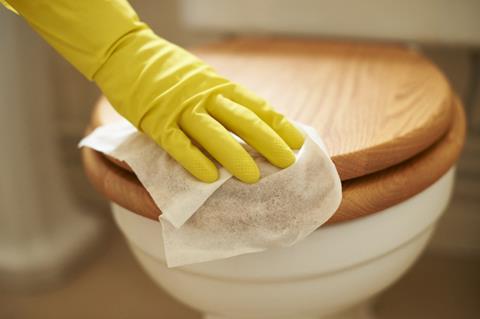
6. 70% of cleaning occasions are quick clean
Most times your shoppers are cleaning, they are not carrying out several big tasks at once. Seven in 10 times, they are carrying out a ‘quick clean’, according to P&G research.
“Trigger sprays and wipes are the most convenient formats for a quick clean, so make sure you’re stocking the leading products,” advises DCS Group’s Matt Stanton. These are Flash with Bleach PMP £2.49, Flash Bathroom PMP £2.49, Flash Kitchen PMP £2.49 and Dettol multi-surface wipes.
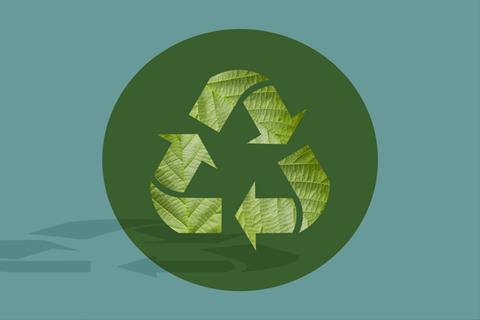
7. Consider all sides of sustainability to drive sales
Sustainability is one of the biggest factors driving product innovation and investment in household products.
Stores in the right areas will be able to drive sales from smaller brands that place their eco-credentials front and centre for a premium price. However, for the majority of stores, it’s far better to stock bestselling brands that are already making moves towards being more sustainable, suggests Unilever.
“With the ever-increasing awareness of plastic and water pollution, environmental products are seeing a rise in popularity. However, while it is important to include some ‘eco’ options, this may not be suitable for all demographics,” warns Unilever UK’s Lucy Richardson. “Stores located in big cities with a younger and urban shopper demographic will benefit by including these products, while more rural locations with a slightly older audience should stick to their core range. However, biodegradable products are the big recent innovation, clearly demonstrating that the category is moving towards being more environmentally friendly.”
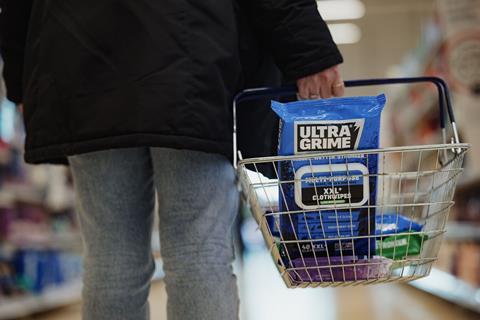
8. Challenger brands are unlocking new opportunities for retailers
Challenger brands have muscled in on convenience ranges in recent years, with brands like Ecover, UItraGrime Clothwipes and Fabulosa making gains.
“In light of the persisting effects of the cost-of-living crisis, which continues to weigh heavily on many consumers, there is a growing appetite for household cleaning products for household cleaning products at affordable price points in the convenience sector,” says Adam Burnett, global brand director at Fabulosa. Last year, the brand partnered with Parfetts to reach 4,000 independent convenience retailers.
By looking at what challenger products are performing well in home and DIY stores, retailers can get ahead of their local competition. “Convenience retailers have a huge opportunity to offer up-and-coming products that grocery retailers aren’t stocking,” says Matthew Rabey, head of sales for UItraGrime Clothwipes. “Taking inspiration from other retail channels (such as trade and DIY stores) with new products can bring extra business through additional purchases.” The brand offers anti-bac wipes that are twice the size of the traditional competition and claim to be more durable.
By offering a compelling mix of bestselling brands and challenger products at a variety of prices, retailers will be able to drive their sales and profits in spring and beyond.




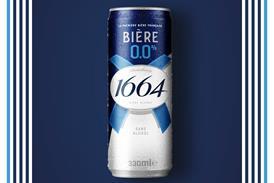
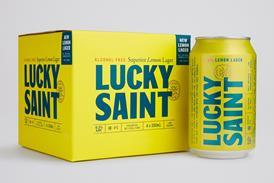
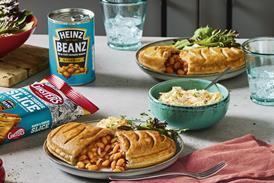
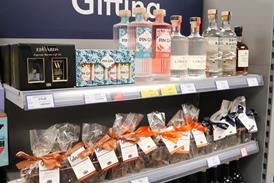

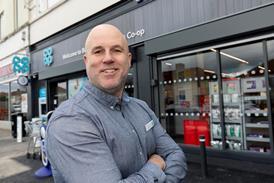
![WG-4003[58]](https://d2dyh47stel7w4.cloudfront.net/Pictures/274x183/4/5/1/353451_wg400358_6083.jpg)

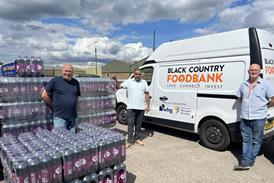




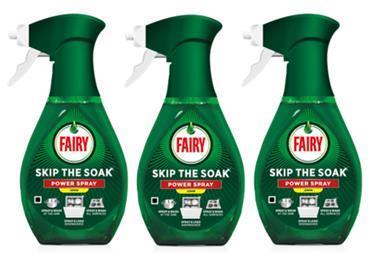
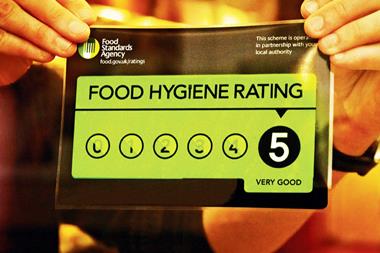
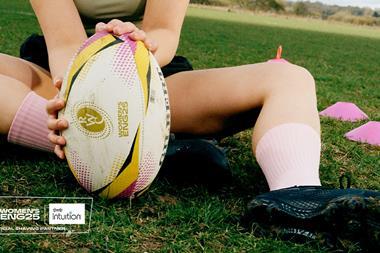
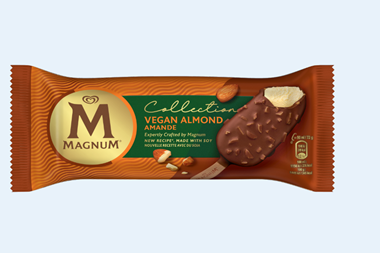
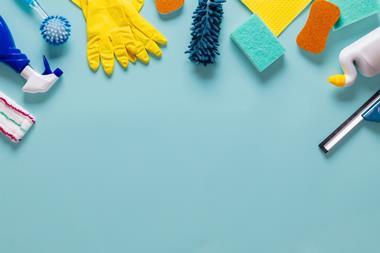

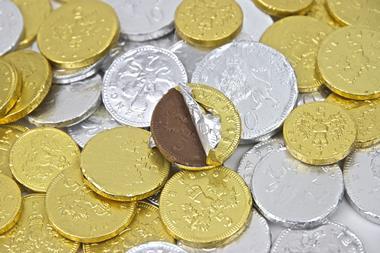


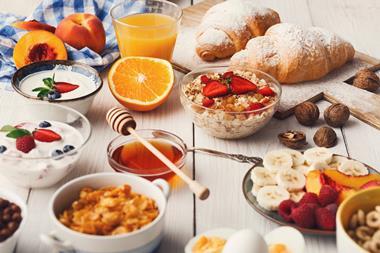


No comments yet